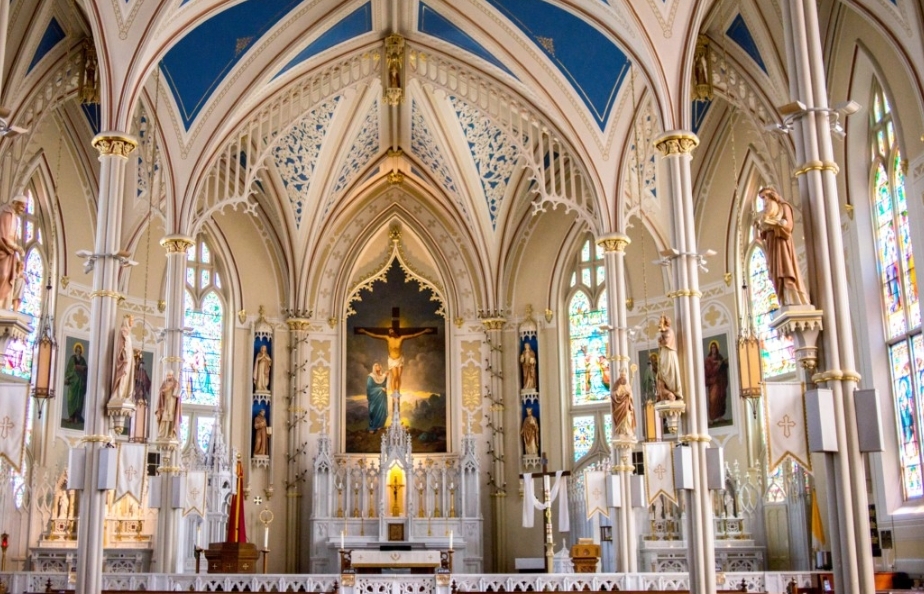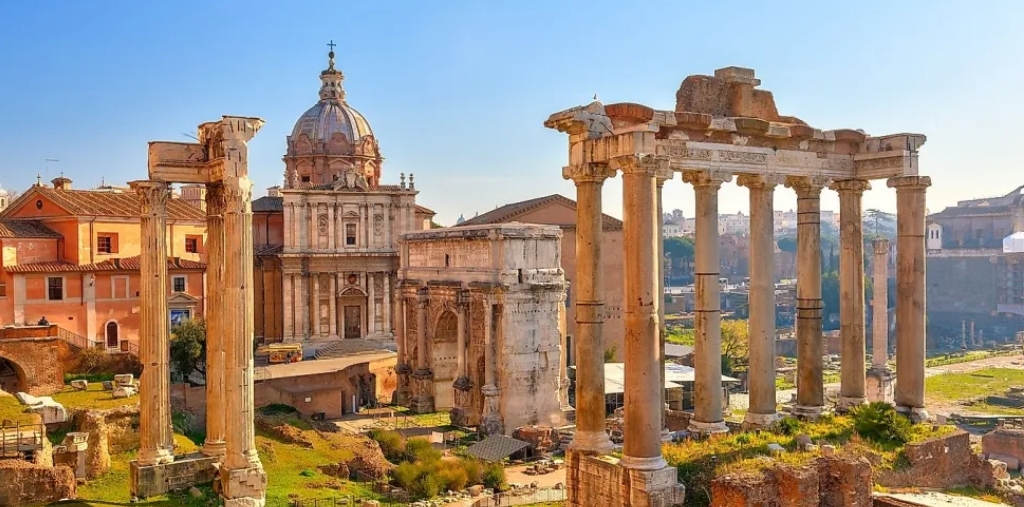Let there be Light - God was the first Architect!
Architectural detail is crucial to success in the construction industry. Whether it’s remodeling, restoration, or new construction, the key to standing out lies in the attention to detail. Order in architecture refers to a set of rules that define the proportions, shape, layout and structure of a design. In this article, I will explore several architectural styles throughout history.
Arrangement of Components
Gothic architecture is renowned for its detailed stonework, pointed arches, and ribbed vaults, which create a sense of height and openness. It is also characterized by elaborate decorative features, including stunning stained glass windows, intricate sculptures, and finely crafted carvings. These elements combine to produce a style that emphasizes verticality, light, and intricate craftsmanship. The Gothic style is evident throughout Boston in its churches, museums and historic buildings.

Method of Construction
Greek and Roman classical architecture are foundational to Western architectural traditions, influencing building design for centuries. Greek architecture is renowned for its emphasis on proportion, harmony, and the use of columns, which were developed into distinct orders: Doric, Ionic, and Corinthian. The Parthenon in Athens stands as a prime example of Greek architectural ideals, with its balance and perfect symmetry. Roman architecture, while influenced by the Greeks, introduced innovations such as the arch, vault, and dome, allowing for more complex and grand structures. The Romans perfected engineering techniques, exemplified by the Colosseum and the Pantheon, which utilized concrete to build large, durable structures. Both Greek and Roman architecture prioritize order and beauty, but Roman designs also focus on functionality, making them highly influential in the construction of modern buildings.

Revival of the Classical
Neoclassical architecture emerged in the mid-18th century as a revival of the classical styles of ancient Greece and Rome, characterized by an emphasis on simplicity, symmetry, and the use of columns. This architectural style sought to return to the ideals of order, balance, and proportion, which were seen as the epitome of beauty and rationality. Prominent features include the use of Greek and Roman elements such as Doric, Ionic, and Corinthian columns, pediments, and domes, along with clean, straight lines and minimal decoration. Neoclassical buildings were often grand and monumental, symbolizing strength and permanence, and were frequently used for government buildings, museums, and monuments. The style became popular during the Age of Enlightenment and is associated with the works of architects like Robert Adam, Étienne-Louis Boullée, and Thomas Jefferson, who incorporated neoclassical elements into iconic buildings such as the White House and the Panthéon in Paris.

Royal Character
Victorian architecture refers to the distinctive style of buildings constructed during the reign of Queen Victoria from 1837 to 1901. This period saw a fusion of various architectural influences, including Gothic Revival, Italianate, Second Empire, and Queen Anne styles. Victorian homes are often characterized by ornate detailing, steeply pitched roofs, asymmetrical facades, and the use of decorative elements such as intricate woodwork, stained glass, and cast iron. Many Victorian buildings feature bay windows, turrets, and expansive porches, often creating a sense of grandeur. The era also embraced the use of new building materials, like steel and glass, allowing for more expansive structures and intricate designs. Victorian architecture remains beloved for its rich embellishments and its ability to reflect the prosperity and creativity of the time. Victorian-style homes can be found throughout Boston.

Bold and Original
As a Boston contractor I take great pride in diversifying my construction styles. One of my favorite approaches is blending Modern design with traditional elements.
Modern architecture is a design style that emerged in the early 20th century, characterized by clean lines, functional forms, and the use of new materials and technologies. It emphasizes simplicity, minimalism, and the integration of indoor and outdoor spaces. Modern buildings often feature open floor plans, large windows, and the use of concrete, glass, and steel, creating a sense of transparency and fluidity. The style seeks to break away from traditional decorative elements, focusing instead on the structure itself and its relationship to the surrounding environment. With its emphasis on innovation and sustainability, modern architecture continues to shape cities and urban landscapes, blending aesthetics with practicality.
